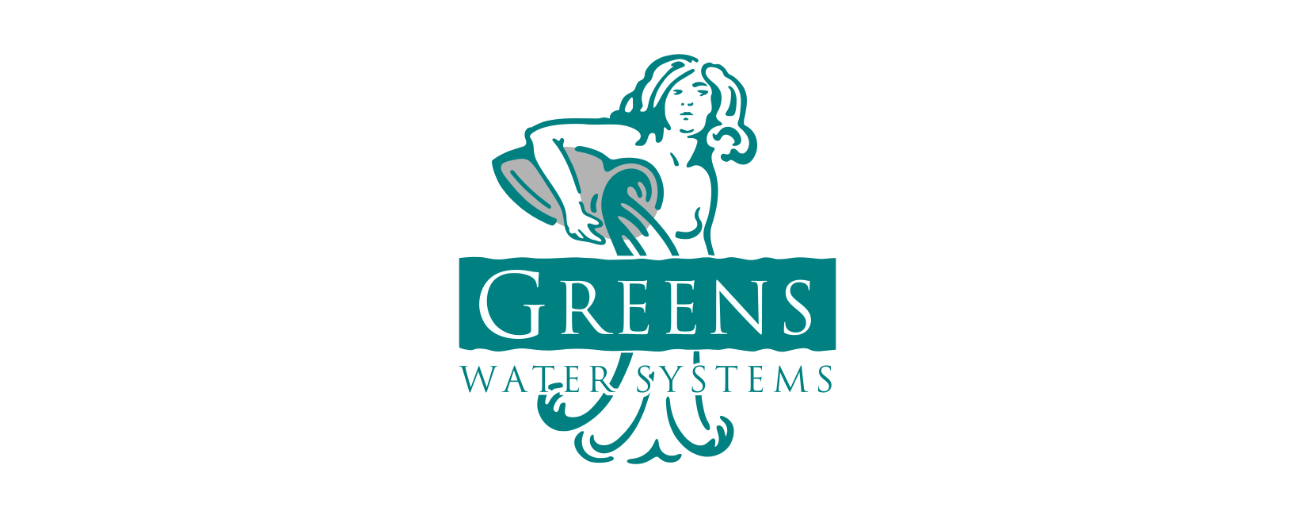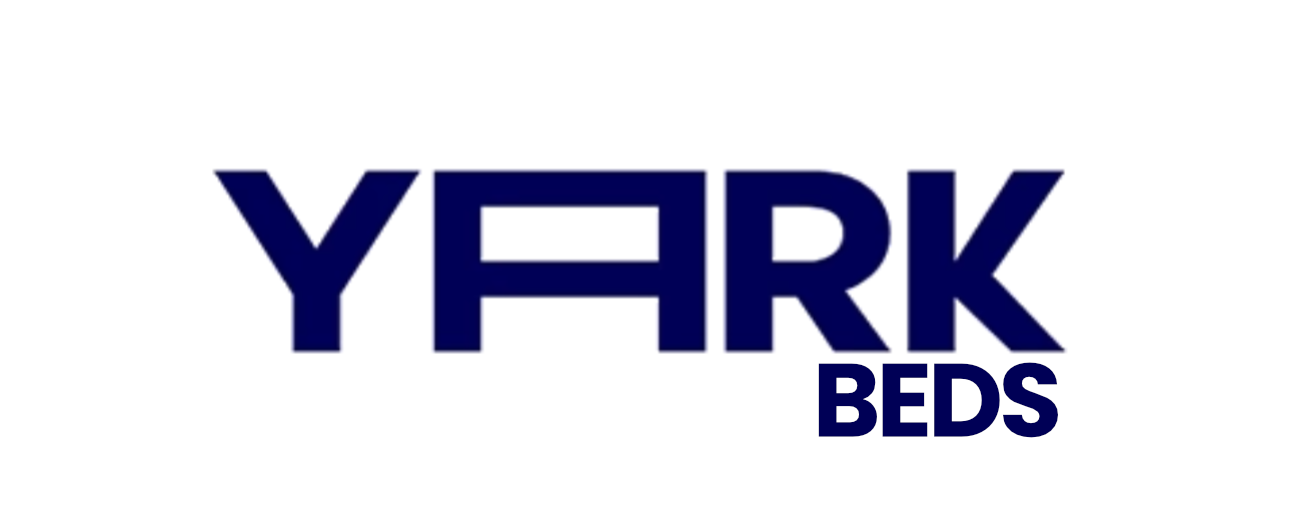DH6 (Durham)
Durham (DH6) Postcode Area
Durham, located in the northeast of England, is a town renowned for its stunning medieval architecture, notably the iconic Durham Cathedral and Castle, both UNESCO World Heritage Sites. As a resident, you’ll enjoy a strong sense of community, excellent local amenities, and picturesque views along the River Wear. With a thriving arts scene, historic attractions, and easy access to Durham's University, it’s perfect for students and families alike. Excellent transport links make exploring the wider region a breeze, ensuring you’ll never run out of things to do.
Overview
Durham (DH6) postcode district is located in the ceremonial county of Durham, and is part of the Durham postal town.
DH6 is a postcode district in County Durham, covering towns and villages such as Wheatley Hill and Easington Colliery. With a population of approximately 19,100 people across nearly 7,700 households, the area has a relatively low average income of just under £20,000 per annum. The district features a mix of housing types and is predominantly rural, offering a peaceful lifestyle amidst scenic landscapes.
Settlements within DH6 include:
Bowburn, Cassop, Coxhoe, Fleming Field, Hallgarth, Haswell, Haswell Moor, Haswell Plough, Hett, High Haswell, High Moorsley, Kelloe, Littletown, Ludworth, Old Cassop, Old Quarrington, Pittington, Quarrington Hill, Sandy Carrs, Shadforth, Sherburn Hill, Shotton Colliery, South Hetton, Sunderland Bridge, Thornley, Town Kelloe, Tursdale
People and Demographics
Demographics
The DH6 postcode district has a diverse demographic profile. The population density stands at 411.9 people per sq km, which is slightly higher than the national average. The area is predominantly White, making up 97.7% of the population, with very small percentages of other ethnicities. The average age of residents is 42, which is higher than the UK average of 40.7 years.
Unemployment
Percentage of people in Durham DH6 who are classed as being unemployed at Census 2021.
An unemployment rate of 5% in Durham DH6 is slightly above the UK average of 4.3%, indicating a moderate level of joblessness.
While some residents may face employment challenges, the rate still suggests a functioning local economy. Efforts to boost job opportunities could further enhance community stability and support the area's long-term growth.
Diversity
Percentage of residents in the DH6 postcode region who identify as white.
With 98% of Durham DH6 residents identifying as White, this postcode has a predominantly homogenous population with limited ethnic diversity.
While the community shares common traditions and cultural practices, efforts to promote inclusivity and cultural awareness can further enhance neighbourhood cohesion and enrich residents' experiences.
Population Growth
Population growth means that the population of Durham DH6 is increasing by 0.5% each year.
Across the UK, (England, Scotland, Northern Ireland and Wales), the average population grown from 2023-2024 is 0.66%.
Children
Are under 18 years old
20% of Durham DH6 are under the age of 18 at the time of the Census 2021.
Durham DH6 aligns closely with the UK average of 17.4%. This indicates a balanced mix of families and other household types, with amenities catering to both children and adults.
Retired
Are enjoying retirement
15% of Durham DH6 are retired at the time of the Census 2021.
Durham DH6 aligns closely with the UK average of 16%, a mixed community of working-age individuals and retirees. Local amenities are likely to be diverse, and cater to both younger and older residents.
Census 2021 Demographics
Who lives and works in DH6?
Analysing the DH6 population's characteristics, including age distribution and cultural diversity, provides valuable insights into the composition of the community.
Population
Analysing the DH6 population's characteristics, including age distribution and cultural diversity provides valuable insights into the composition of a local community.
Demographics
The DH6 postcode district has a diverse demographic profile. The population density stands at 411.9 people per sq km, which is slightly higher than the national average. The area is predominantly White, making up 97.7% of the population, with very small percentages of other ethnicities. The average age of residents is 42, which is higher than the UK average of 40.7 years.
Population Growth
Population growth means that the population of Durham DH6 is increasing by 0.5% each year.
Across the UK, (England, Scotland, Northern Ireland and Wales), the average population grown from 2023-2024 is 0.66%.
Children
of Durham DH6 are under the age of 18 at the time of the Census 2021.
Retired
of Durham DH6 are retired at the time of the Census 2021.
Gender Ratio
51% female
Gender ratio in census data means the number of males for every 100 females in a population, helping us understand the balance between men and women in a specific area.
Age Distribution
are adults
Age distribution refers to how different age groups are spread within a population, showing the number of people in each age range. This helps understand the population's structure and potential needs.
Age Distribution
"Age Distribution by 5-year bands" in the Census 2021 breaks down the population into groups based on age ranges, each spanning five years (e.g., 0-4, 5-9, 10-14, etc.). This helps to see how many people fall into each age group, providing a clear picture of the age structure in an area.
Living Arrangements
"Living Arrangements" in the Census 2021 refers to people's relationship status and how they live with others. It includes whether someone is married, in a civil partnership, cohabiting as a couple, separated, divorced, or single, and whether they live with a partner, alone, or with others.
Legal Partnership
Legal partnership status of residents in the Durham (DH6) district, offering insights into the diversity of relationship statuses in the area. This dataset classifies residents aged 16+ in England & Wales by their partnership status.
Gender Identity
"Gender Identity" in the Census 2021 refers to how people personally identify their gender, which may or may not align with the sex they were assigned at birth. It includes options like male, female, non-binary, or other identities, reflecting how individuals see themselves.
Postcodes
Dig even deeper into the DH6 postcode:
Click on an postal code below for more information about the area. Each postcode give you a comprehensive overview of the postcode neighbourhood, including address, demographics, crime, transport, amenities and house prices in Durham (DH6).
Word Cloud for DH6
We've trawled social media and the web to discover words that describe the postcode district of DH6:
Nearby Towns & Cities
DH6 Postcode area
The following towns and villages can be found close to Durham DH6:
Durham
Population 47,785
1 miles
Home to one of the most famous landmarks in the UK, the Durham Cathedral, Durham offers breath-taking scenery and modern attractions, as well as a number of events, festivals, and exhibitions. Durham is well connected to visitors from all over the globe, with the Tees Valley airport being easy accessible.
Nearest Postcode Areas:
High Shincliffe
Population 1,141
1.8 miles
High Shincliffe, located in County Durham, offers a peaceful escape from the hustle and bustle of city life, with beautiful countryside views, a close-knit community, and easy access to the historic city of Durham just a stone's throw away.
Nearest Postcode Areas:
Sherburn Hill
Population 1,202
2.9 miles
Located in County Durham, Sherburn Hill offers a close-knit community feel with easy access to the nearby cities of Durham and Sunderland, making it an ideal choice for those seeking a peaceful village lifestyle within reach of urban amenities.
Nearest Postcode Areas:
West Rainton
Population 2,316
3 miles
West Rainton, located in County Durham, offers a tight-knit community feel with a range of amenities, picturesque countryside views, and easy access to nearby cities like Durham and Sunderland for a perfect blend of rural and urban living.
Nearest Postcode Areas:
Bowburn
Population 3,884
3.2 miles
Bowburn, located in County Durham, is a close-knit community with a rich history, friendly locals, and easy access to the bustling city of Durham for a perfect balance of rural charm and urban convenience.
Nearest Postcode Areas:
Nettlesworth
Population 1,093
3.3 miles
Nettlesworth, located in County Durham, offers a tranquil countryside setting with easy access to nearby cities, boasting a strong community spirit, quaint village shops, and picturesque surroundings perfect for those seeking a peaceful and close-knit place to call home.
Nearest Postcode Areas:
Bearpark
Population 2,283
3.3 miles
Located in County Durham, Bearpark is a close-knit community with a strong sense of pride and history, offering a peaceful and friendly environment to call home.
Nearest Postcode Areas:
Local Authorities
DH6 Postal Town
The DH6 postcode includes the following local authorities:
- County Durham
Crime in DH6
How safe is this postcode sector?
Crime levels in the DH1 postcode area have been relatively stable in recent years, with a slight increase in reported incidents. The local police force has been working to address key hotspots and historical crime issues while focusing on current policing priorities to ensure the safety and security of residents.
Key Hotspots
One of the key hotspots in the DH1 postcode area is the city centre, where a higher concentration of businesses and nightlife venues can lead to an increase in anti-social behaviour and theft. Other hotspots include residential areas with a higher population density, such as Gilesgate and Framwellgate Moor, where burglaries and vehicle crime are more prevalent.
Historical Crime Issues
In the past, the DH1 postcode area has faced challenges with drug-related crimes, particularly in areas like Newton Hall and Belmont. Gang-related activities and violence have also been historical issues in certain parts of the postcode area. However, increased police presence and community engagement have helped to address these issues over time.
Current Policing Priorities
The local police force in the DH1 postcode area has set priorities to tackle anti-social behaviour, theft, and burglary. Community policing initiatives, such as neighbourhood patrols and engagement events, are being implemented to build trust and collaboration with residents. Additionally, targeted operations are being carried out to disrupt criminal activities and prevent reoffending.
Recent crime statistics show a slight increase in reported incidents, with a focus on addressing key hotspots and historical crime issues while prioritising community safety. By working together with residents and businesses, the local police force aims to create a safer environment for everyone in the DH1 postcode area.
Sources:
Police UK
Durham Police
Crime levels in the DH1 postcode area have been relatively stable in recent years, with a slight increase in reported incidents. The local police force has been working to address key hotspots and historical crime issues while focusing on current policing priorities to ensure the safety and security of residents.
Key Hotspots
One of the key hotspots in the DH1 postcode area is the city centre, where a higher concentration of businesses and nightlife venues can lead to an increase in anti-social behaviour and theft. Other hotspots include residential areas with a higher population density, such as Gilesgate and Framwellgate Moor, where burglaries and vehicle crime are more prevalent.
Historical Crime Issues
In the past, the DH1 postcode area has faced challenges with drug-related crimes, particularly in areas like Newton Hall and Belmont. Gang-related activities and violence have also been historical issues in certain parts of the postcode area. However, increased police presence and community engagement have helped to address these issues over time.
Current Policing Priorities
The local police force in the DH1 postcode area has set priorities to tackle anti-social behaviour, theft, and burglary. Community policing initiatives, such as neighbourhood patrols and engagement events, are being implemented to build trust and collaboration with residents. Additionally, targeted operations are being carried out to disrupt criminal activities and prevent reoffending.
Recent crime statistics show a slight increase in reported incidents, with a focus on addressing key hotspots and historical crime issues while prioritising community safety. By working together with residents and businesses, the local police force aims to create a safer environment for everyone in the DH1 postcode area.
Sources: Police UK Durham Police
Education
Highest Rated Schools in DH6
As rated by Ofsted
- Pittington Primary School
Hallgarth Lane, DURHAM, DH6 1AF
Good - Sherburn Primary School
Cookshold Lane, Durham, DH6 1DU
Good - Ludworth Primary School
Moor Crescent, Durham, DH6 1LZ
Good - Elemore Hall School
Pittington, Durham, DH6 1QD
Good - Shotton Primary School
Grange Terrace, Shotton Colliery, DH6 2JP
Good - South Hetton Primary
Frederick Terrace, Durham, DH6 2TJ
Good - Thornley Primary School
Cooper's Terrace, Durham, DH6 3DZ
Good - Wheatley Hill Community Primary School
Wheatley Hill Primary School, Durham, DH6 3RQ
Good - Coxhoe Primary School
Cornforth Lane, Durham, DH6 4EJ
Good - Kelloe Primary School
Front Street, Kelloe, DH6 4PG
Good

Unlock the full power of postcode insights.
Data is meaningless without context. Reveal the stories behind a neighbourhood, and make smarter decisions with data you can trust. Gain unlimited access to detailed statistics, exclusive reports, and essential tools.
PostcodeArea is grateful to our sponsors for their support.






